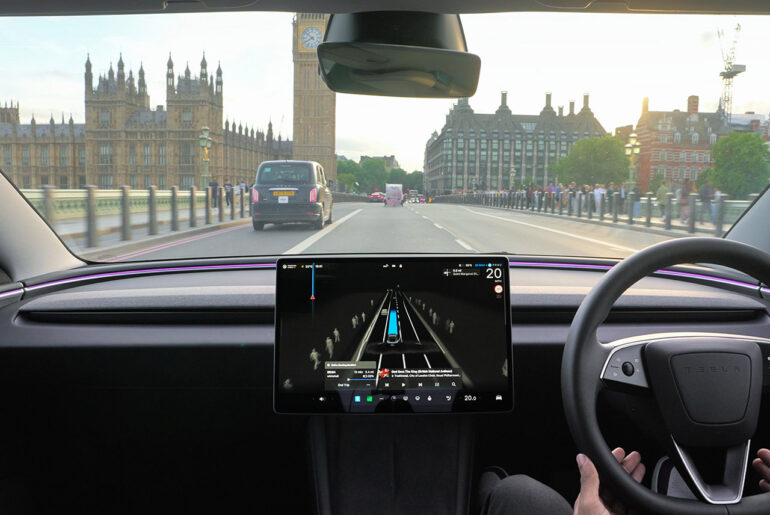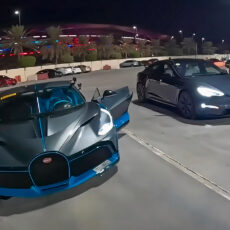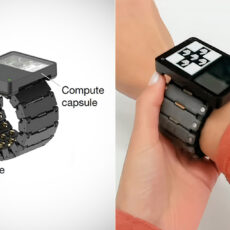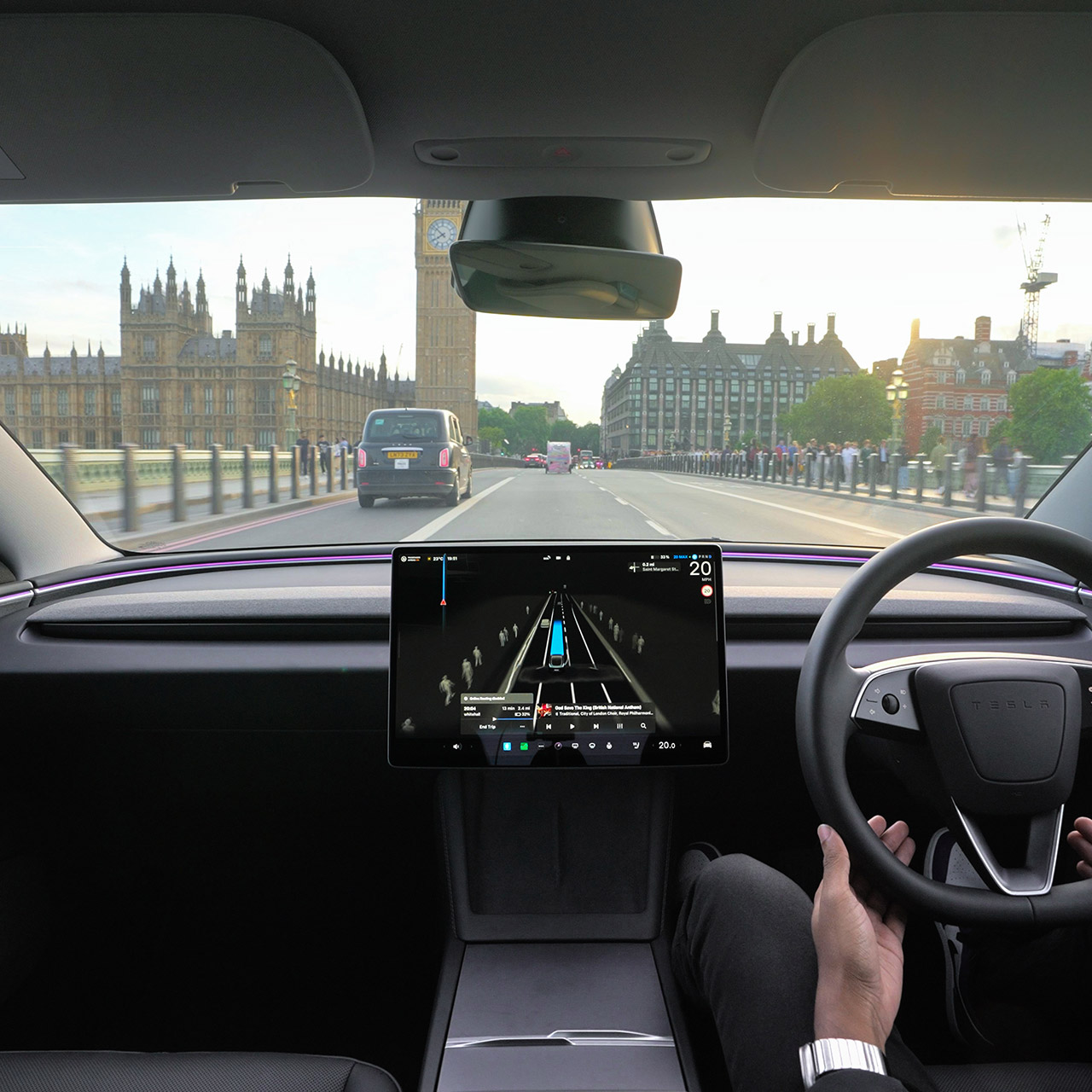
Tesla reported Q2 earnings earlier today, painting a picture of challenges and ambition. Revenue was $22.5B, down 12% from $25.05B last year, just shy of $22.64B estimate. EPS clocked in at 40 cents, missing the 42 cents set by analysts, but CEO Elon Musk is looking beyond electric vehicles.
Revenue was hit by headwinds. Car sales, Tesla’s main source of income, fell 16% to $16.7B from $19.9B. Deliveries were down 13.5% to 384,000 vs 444,000 last year. Average vehicle price dropped by about $500 and regulatory credits plummeted to $439M from $890M. A new law, nicknamed the “One Big Beautiful Bill” by Musk, ends the $7,500 federal EV tax credit by September, putting pressure on Tesla’s supply chain. CFO Vaibhav Taneja said late-August orders may miss delivery deadlines and Musk said, “We probably could have a few rough quarters.” But he’s optimistic elsewhere.
- 3-in-1 Travel Car Trucks RV Set:Includes a metal pickup trucks, a removable camper, and a 4-wheeled off-road motorcycle for a complete touring...
- Diecast Metal Alloy Model:The trucks car toy made of high-quality alloy,so the body is stronger and more durable,The interior decoration of the...
- Sound & Light Iterior Smulation: Our toy cars feature cool analog sound and light effects that are triggered by pressing the front wheels or opening...
Tesla’s energy division is a monster. The company deployed a record 9.6 gigawatt-hours of energy storage (Powerwalls and Megapacks) with revenue up 52% to $2.38B. Supercharging infrastructure grew 2,900 new stalls, 18% more, to 7,377 total. This is Tesla’s shift to a broader ecosystem, powering homes, businesses and potentially entire grids.
Musk’s vision is artificial intelligence and robotics. Tesla launched robotaxi in Austin, Texas with human valets for now, but plans a broader rollout, possibly to San Francisco soon. He envisions owners adding their Teslas to a robotaxi fleet by 2026 and earning income passively. Meanwhile, Optimus, Tesla’s humanoid robot, could reach a million units in five years, working in factories or at home. These aren’t side projects, they’re Musk’s bet that Tesla will be the most valuable company in the world.
Affordable cars are still the focus. Tesla started production of a new, lower-cost model in June and will ramp up in late 2025. Not the long-awaited “Model 2”, this car is for everyday buyers and to counter the Chinese competition like BYD who offer high-tech EVs at lower prices. Tariffs are a challenge as Musk and Taneja noted, so they are making supply chain adjustments to stay competitive.
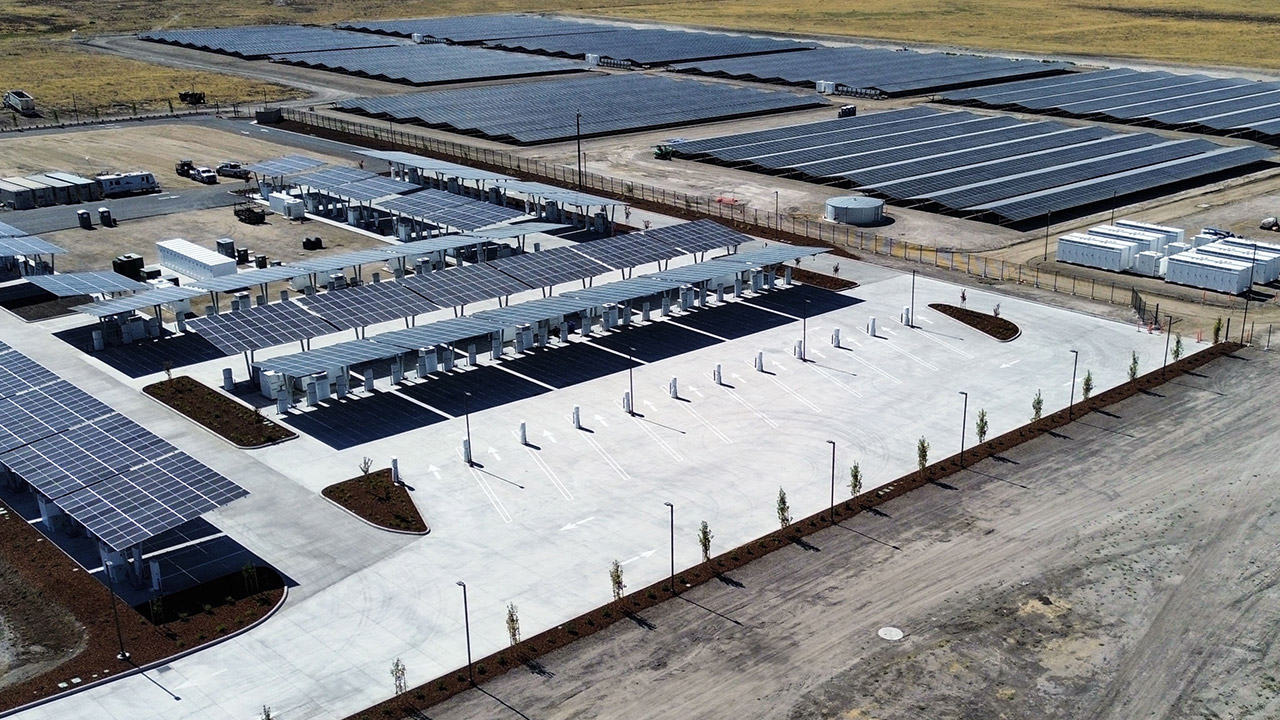
Profit margins were 17.2% down from last year but beat estimate of 16.5%. Net income was down 16% to $1.2B and free cash flow was $146M, below the estimate of $760M. But Tesla has plenty of liquidity to invest in AI, robotics and new factories.
Tesla is at a crossroads. Musk isn’t just selling cars, he’s selling a future where Tesla powers homes, drives itself and maybe even does the household chores. The earnings miss hurts, but Tesla is focused on the big vision. Musk says they may have a few rough quarters ahead but by mid-2026 he thinks the economics will be “compelling”.
[Source]

